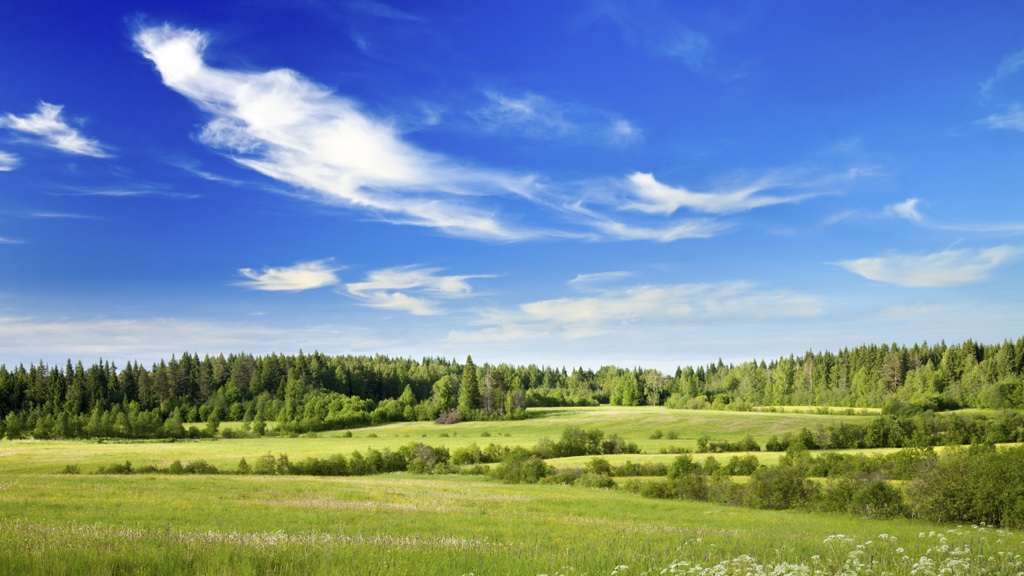Enjoy nature and make fewer mistakes
Datum: 2017-02-06 16:17

Sometimes truly challenging tasks fall into our lap and we have to put all our resources to use to solve them. These tasks can be mentally tiring and take a lot of time to finish. But to many of us, these tasks — the ones for which we have to mobilize all our competence and skill — are also the ones we enjoy the most. They make us feel competent and alive, and their contents might in a nutshell represent the reason why we got into this line of work in the first place.
When something is challenging and difficult, it is easy to make mistakes, and when we do make a mistake, we have to go back and correct it. This takes time — extra time we might not feel we have and which we would much rather spend on other things than redoing work. What can we then do to ensure we get things right the first time when doing something demanding? Perhaps recently released research from Australia will give us a clue.
Gray or green
Kate Lee at the University of Melbourne let 150 people do a complicated task involving many different steps. Halfway through the task the participants were allowed a micro-break of 40 seconds during which they were asked to look at an image. Half of the group were given an image of a gray concrete surface and the other half the image of a blossoming, green summer meadow. They then returned to solving the difficult task.
Meadow scored higher
What happened? Well, those who observed the beautiful meadow made remarkably fewer errors during the second half of the exercise compared to those who had looked at a concrete surface. After having done two additional tests, Lee concluded that we increase our focus and ability to concentrate considerably if we look at a picture of nature as compared to one of concrete — even if it is only during such a brief pause as 40 seconds. Why? Well, who knows. If you want to dig deeper into Kate Lee’s study and results, you will find it here.
Do this
If you want to put Lee’s method to the test and see for yourself if it helps you make fewer mistakes, then find a picture of nature you like. Hang it where you can easily see it while working or make it into your computer desktop, and it will be easily accessible (as long as you do not fill your computer desktop with documents and icons, that is).
Or, if you should feel inspired to, get yourself to a beautiful location and take some snaps of the magnificent landscape yourself.
If you want to, give yourself a challenge to take at least one beautiful picture during the next month that you will enjoy resting your gaze on for 40 seconds or more whenever you need to sharpen your focus and concentration.
I keep a picture I took of Eagle Lake during our trip to Lake Tahoe last summer as my computer desktop background — and I did well before hearing of Kate Lee’s research, just because I enjoy looking at the picture so much. If you have been at one of my more recent lectures you will have seen the picture I am referring to. If it has made you more concentrated however, I will let you decide.
Another idea that is simple yet effective, is to take a short walk in nature close to where you work or live during a break.
Flora and fauna sharpens our senses
If we are to trust the results Kate Lee obtained, then we do best to either see or get into nature sometime during our workday. The beauty is that we do not have to work in the countryside to enjoy the positive effects, apparently it is enough with a simple picture. A great opportunity of getting more focus and concentration with virtually zero effort!
What’s your way?
How could you get more nature into your everyday life? Write a comment and tell your story or share your tips.




